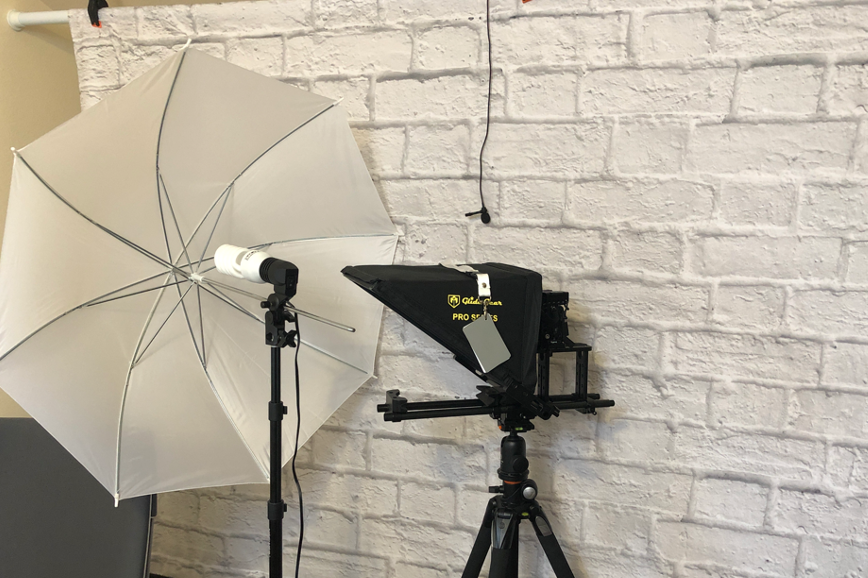Behind the Scenes: Training Development
Developing a training program is hard, especially when it will be delivered remotely.
I've talked about our new training, and I want to provide a little behind the scenes view. I regularly talk with folks who've gone through the pain of developing their own training, or worse, put others through the pain of their alpha-version training, and then paid the price in having to convince people to give another training a chance.
When you're in a room with people, able to observe body language and facial expressions, it's easier to adjust on the fly, and 'rescue' a training going badly. That's much harder when everyone's distributed.
Behind the scenes, there's a huge amount of planning that helps deliver quality. Many of the deliverables (learning goals, scripts, lesson plans) are like software product planning deliverables — the end user never sees them. If we take the agile motto of "You Ain't Gonna Need It" to heart, we don't bother with them. We yolo the training, and, frankly, it shows.
At the start of the pandemic, I didn't know very much about these. The ability to adjust on the fly, in a room, was a crutch. The training got great customer satisfaction scores, customers brought us back, we must be doing great?
One of the things I did know about a year ago was flipped classrooms: you put the lectures on video, and do higher-level work in the classroom. And early in the pandemic, there was a lot of advice for teachers making the transition to remote classrooms very quickly: only worry about audio quality, you only have time to record a single take... and that was all good advice for teachers engaging in a very rapid transition.
I now own a decent teleprompter. Along with lights, microphones, and the whole kit and kaboodle. I resisted the teleprompter for a long time. I had an ipad mounted alongside the camera, and you know what? It showed. You could watch my eyes track over to the slides and back. And while that seems like a small thing, our brains have a huge amount of grey matter devoted to interpreting small signals like eye movement and micro-expressions. You could say that it's literally what makes us human - the brainpower we devote to it makes our heads too big.
But I digress. Wow, do I ever! I appreciate you reading about our heads, but for a training, students are left wondering "how does that relate to data flow diagrams?" In fact, I digress a lot, which brings me back to the teleprompter. A teleprompter, with a script, helps me stay on topic. I can plan the lessons and know that I'm covering the important points.
And by the way, the results of all this work are available at courses.shostack.org — we're running open courses regularly.
Those are the important points for me, and I'm curious: what have you learned about training or learning during the pandemic?